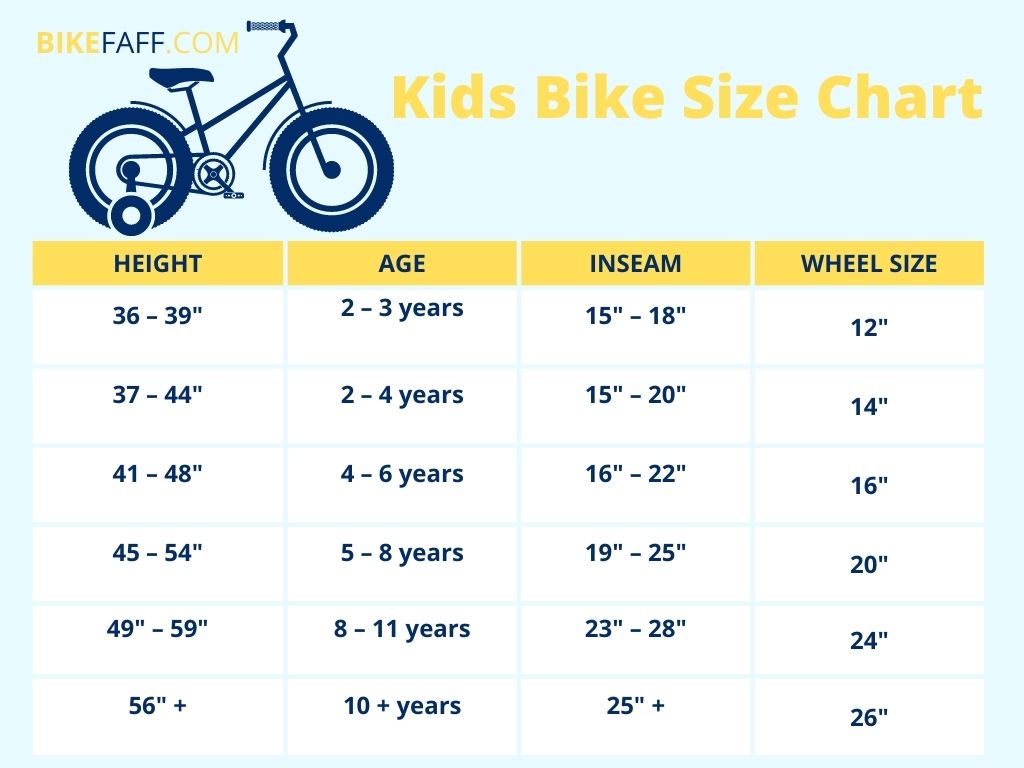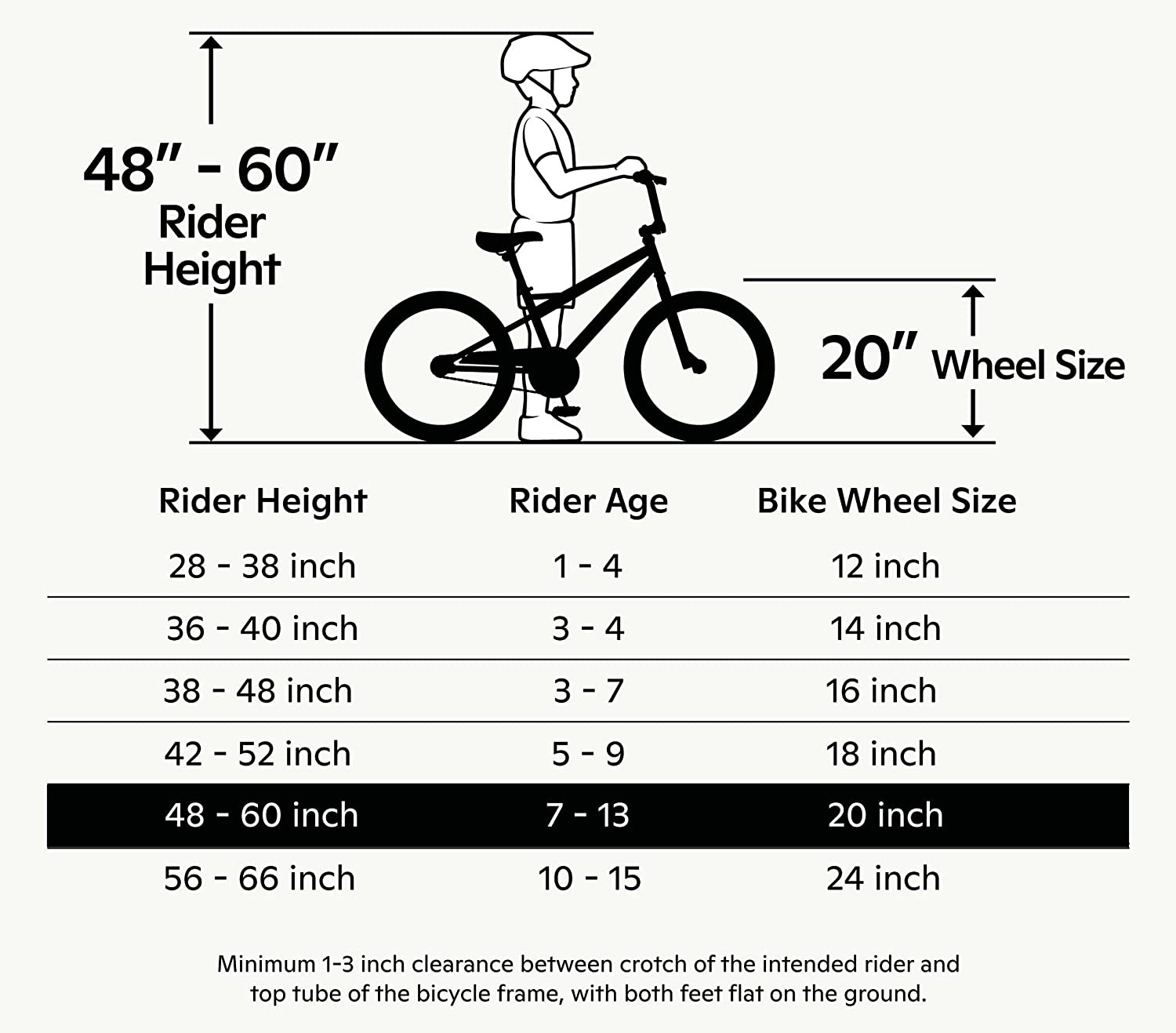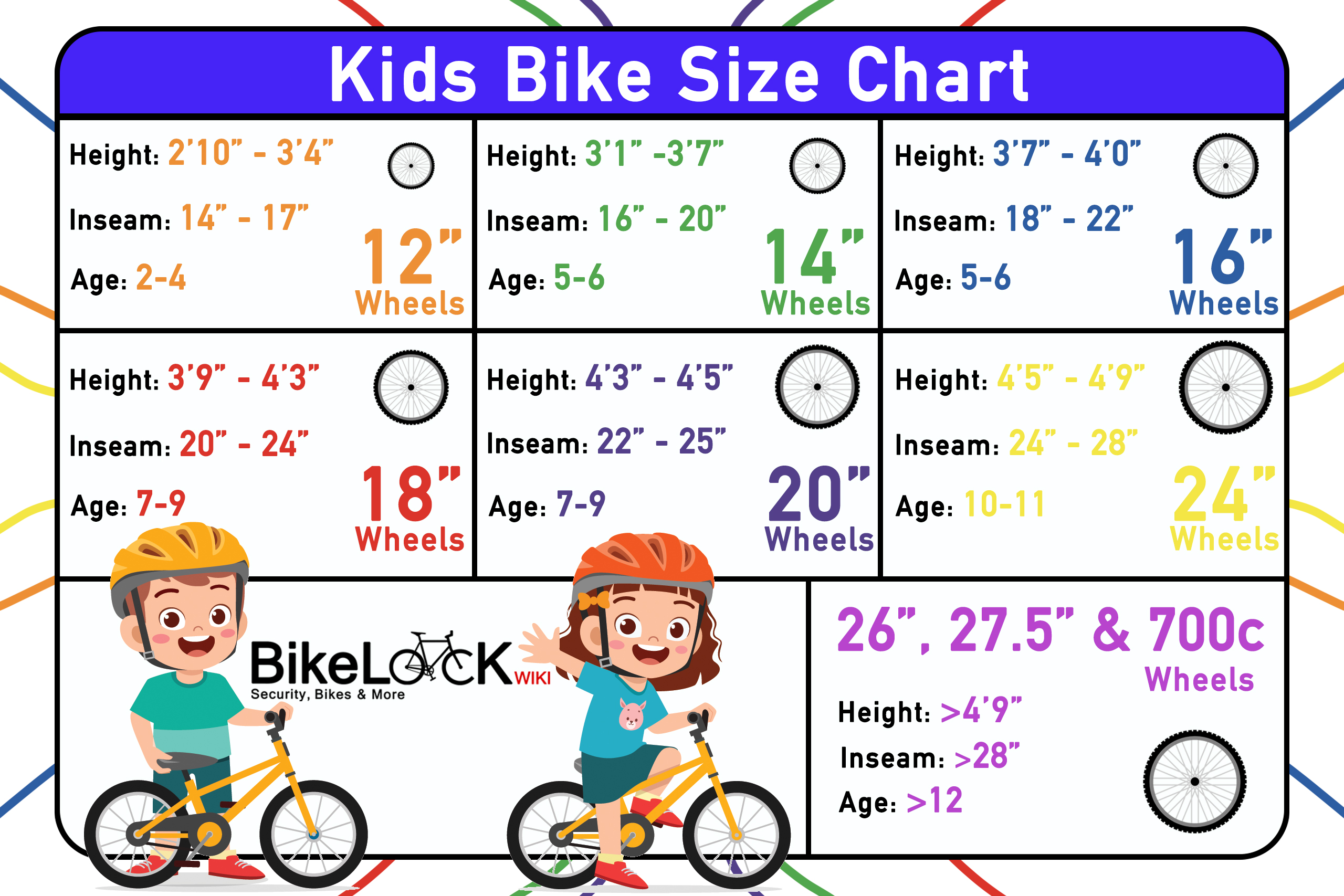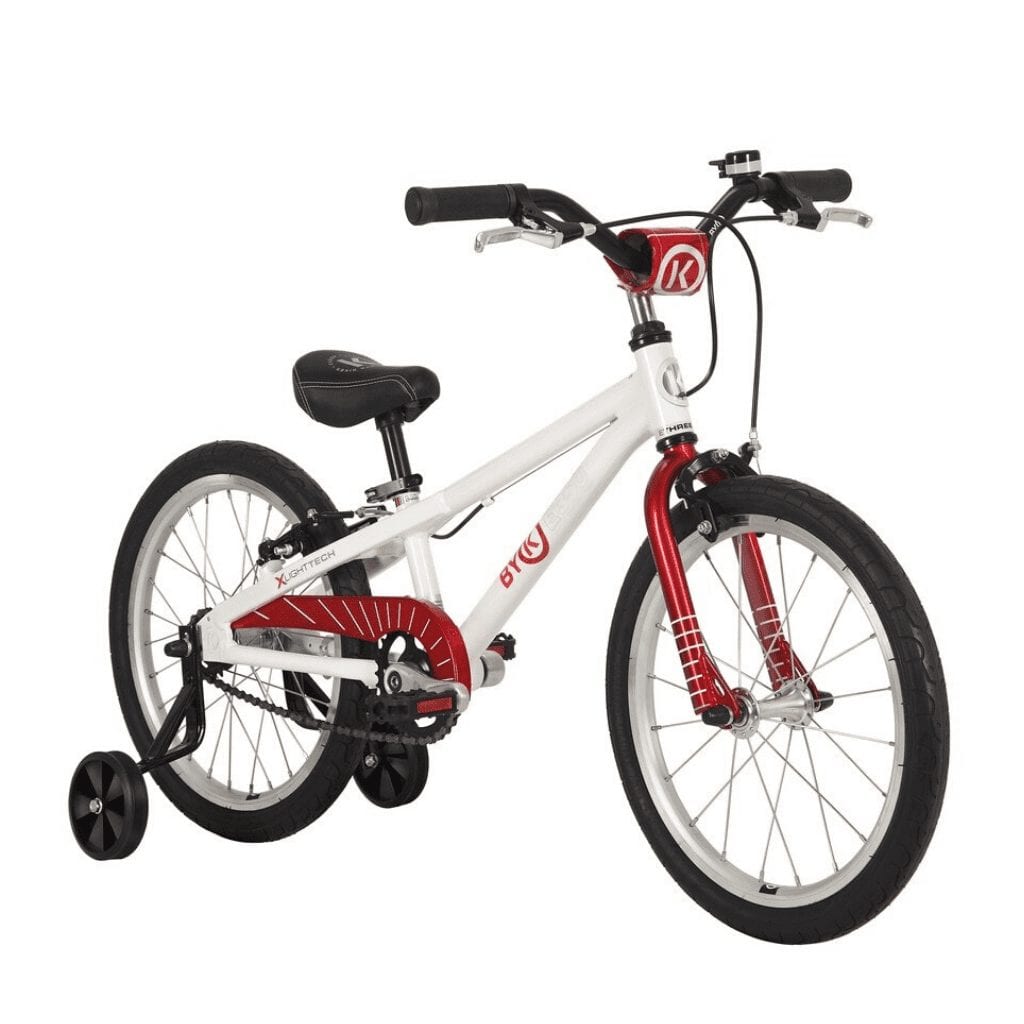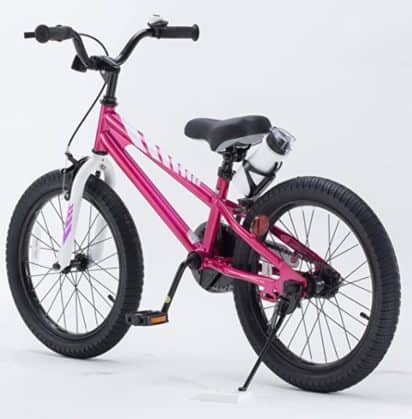Understanding the Basics: Bike Sizing and Age
When it comes to choosing the right bike for a child, there are several factors to consider beyond just their age. While age can provide a general guideline, it’s important to take into account a child’s individual growth and development, as well as their height, inseam length, and riding ability. Bike sizing is crucial in ensuring a safe and enjoyable riding experience for children, as a bike that is too large or too small can make it difficult for them to control and maneuver the bike effectively.
When considering an 18-inch bike, it’s important to keep in mind that this is a transitional size between smaller bikes (12-16 inch wheels) and larger bikes (20-inch wheels and up). An 18-inch bike can be a great option for kids who have outgrown their smaller bikes but aren’t quite ready for larger ones. By choosing the right bike size for a child’s age, height, inseam length, and riding ability, parents can help ensure a positive and successful cycling experience for their little ones.
The Role of an 18-Inch Bike: A Step Between Small and Large Kids’ Bikes
When it comes to kids’ bikes, there are several size options available, ranging from balance bikes with no pedals to larger bikes with 24-inch wheels or more. An 18-inch bike falls in the middle of this range, offering a transitional size between smaller bikes (12-16 inch wheels) and larger bikes (20-inch wheels and up). This makes an 18-inch bike an ideal choice for kids who have outgrown their smaller bikes but aren’t quite ready for larger ones.
One of the main benefits of an 18-inch bike is that it allows kids to build their confidence and skills on a bike that is still manageable and easy to handle. With a slightly larger frame and wheels than smaller bikes, an 18-inch bike can provide a more stable and smooth ride, while still being lightweight and easy to maneuver. This can help kids feel more confident and in control as they learn to ride, making the transition from a smaller bike to a larger one easier and more enjoyable.
Another advantage of an 18-inch bike is that it can provide a better fit for kids who are in between sizes. For example, a child who is too tall for a 16-inch bike but not quite ready for a 20-inch bike may find that an 18-inch bike is a perfect fit. By choosing a bike that is the right size for their body and abilities, parents can help ensure a safe and enjoyable riding experience for their child.
Assessing Your Child’s Readiness for an 18-Inch Bike
When determining if a child is ready for an 18-inch bike, there are several factors to consider beyond just their age. While the typical age range for an 18-inch bike is 4-6 years old, it’s important to keep in mind that every child is different and may grow and develop at their own pace. Here are some factors to consider when assessing your child’s readiness for an 18-inch bike:
- Height: A child’s height is an important factor to consider when choosing a bike size. To determine if an 18-inch bike is a good fit for your child, measure their inseam length (the distance from their crotch to the ground) and compare it to the bike’s standover height (the distance from the ground to the top tube of the bike frame). A child should be able to comfortably straddle the bike with both feet on the ground, with a slight bend in the knees.
- Inseam length: In addition to height, a child’s inseam length can also be a good indicator of whether an 18-inch bike is the right size. A child with an inseam length of 18-20 inches may find an 18-inch bike to be a good fit. However, it’s important to keep in mind that inseam length alone may not be enough to determine if a bike is the right size, as other factors such as riding ability and confidence should also be taken into account.
- Riding ability: A child’s riding ability is another important factor to consider when determining if they are ready for an 18-inch bike. Children who have demonstrated good balance and control on their current bike, and who are confident and comfortable riding, may be ready for a larger bike. However, if a child is still wobbly or unsure on their current bike, it may be best to wait until they have built up more confidence and skills before moving up to a larger size.
By taking these factors into account, parents can help ensure that their child is ready for an 18-inch bike and will have a safe and enjoyable riding experience. Remember, choosing the right bike size is important for both safety and comfort, so it’s worth taking the time to assess your child’s readiness before making a purchase.
Typical Age Range for an 18-Inch Bike
While age is just one factor to consider when determining if a child is ready for an 18-inch bike, it can provide a general guideline for parents who are unsure where to start. Typically, children aged 4-6 years old may find an 18-inch bike to be a good fit. However, it’s important to keep in mind that every child is different and may grow and develop at their own pace, so age alone should not be the sole determinant of bike size.
Children who are on the younger side of this age range (4-5 years old) may still be developing their balance and coordination skills, so it’s important to ensure that they are comfortable and confident on their current bike before moving up to a larger size. On the other hand, children who are older (6 years old or older) may have outgrown their smaller bike and be ready for a larger size that can provide a more stable and comfortable ride.
It’s also important to note that children’s individual growth and development can vary widely, so a child who is on the younger side of this age range may still be ready for an 18-inch bike if they are tall for their age or have already developed strong riding skills. Conversely, a child who is on the older side of this age range may still be better suited to a smaller bike if they are smaller for their age or are still developing their balance and coordination skills.
In general, parents should aim to choose a bike size that is appropriate for their child’s individual needs and abilities, taking into account factors such as height, inseam length, and riding ability. By doing so, they can help ensure that their child has a safe and enjoyable riding experience, regardless of their age.
Popular 18-Inch Bike Models for Kids
When it comes to choosing an 18-inch bike for your child, there are many great options available. Here are a few popular models to consider:
Guardian Ethos
The Guardian Ethos is a high-quality 18-inch bike designed for kids aged 4-6 years old. It features a lightweight aluminum frame, easy-to-use grip shifters, and patented SureStop braking technology that helps prevent accidents caused by braking too hard. The Ethos also has a low standover height and adjustable seat and handlebars, making it easy for kids to get on and off and customize the fit. With its durable construction and stylish design, the Guardian Ethos is a great choice for kids who are ready to take their cycling skills to the next level.
Customer Reviews: The Guardian Ethos has received rave reviews from parents and kids alike, with many praising its safety features, smooth ride, and easy assembly. It has a 4.7-star rating on Amazon, with one parent noting, “This bike is amazing! My son loves it and feels so safe riding it. The braking system is fantastic and gives me peace of mind when he’s riding.”
Raleigh Rowdy 18
The Raleigh Rowdy 18 is a fun and versatile bike designed for kids who love to explore. It features a durable steel frame, knobby tires, and a sturdy rear coaster brake that makes it easy for kids to stop and start. The Rowdy also has a low standover height, adjustable seat and handlebars, and a bell and water bottle holder, making it a great choice for kids who are ready to hit the trails or the streets.
Customer Reviews: The Raleigh Rowdy 18 has received positive reviews from parents and kids, with many praising its durability, ease of assembly, and fun design. It has a 4.5-star rating on Amazon, with one parent noting, “This bike is perfect for my adventurous son! He loves riding it on the trails and the streets, and it’s held up great so far. The coaster brake is easy for him to use, and the bell and water bottle holder are fun extras.”
Tips for Making the Transition to an 18-Inch Bike
Transitioning from a smaller bike to an 18-inch bike can be a big step for young riders, but with the right approach, it can be a smooth and enjoyable process. Here are some tips for helping your child make the transition:
Adjust the Seat Height and Handlebars
One of the most important things to do when transitioning to an 18-inch bike is to adjust the seat height and handlebars to fit your child’s body. The seat should be high enough that your child can comfortably straddle the bike with both feet on the ground, while still allowing for a slight bend in the knees. The handlebars should be at a height that allows your child to comfortably reach them without hunching over or straining their back. Making these adjustments can help ensure a comfortable and safe riding experience.
Practice in a Safe and Traffic-Free Area
When first transitioning to an 18-inch bike, it’s important to practice in a safe and traffic-free area, such as a park or a quiet neighborhood street. This can help your child get used to the feel of the larger bike and build their confidence before venturing out into busier areas. Encourage your child to take it slow and focus on balance and control, rather than speed.
Take it Slow and Build Confidence Gradually
Transitioning to a larger bike can be a big change for young riders, so it’s important to take it slow and build confidence gradually. Encourage your child to practice balancing, steering, and braking at a comfortable pace, and offer plenty of positive reinforcement and encouragement along the way. Celebrate small successes, such as riding in a straight line or making a successful turn, and gradually increase the difficulty of the riding exercises as your child becomes more confident and skilled.
Consider Adding Training Wheels or a Balance Bike
If your child is having trouble transitioning to an 18-inch bike, consider adding training wheels or using a balance bike to help build their skills and confidence. Training wheels can provide extra stability and support for young riders who are still learning to balance, while a balance bike can help kids develop their balance and coordination before moving up to a pedal bike.
Maintaining and Upgrading an 18-Inch Bike
Once you’ve selected the right 18-inch bike for your child, it’s important to maintain and upkeep the bike to ensure a safe and enjoyable riding experience. Here are some tips for maintaining and upgrading an 18-inch bike as your child grows and becomes more confident in their riding abilities:
Check the Tires, Brakes, and Chain Regularly
Regular bike maintenance is essential for ensuring a safe and smooth ride. Be sure to check the tires, brakes, and chain regularly, and inflate the tires to the recommended pressure if necessary. If you notice any issues with the brakes or chain, take the bike to a professional for repair or replacement.
Upgrade the Bike as Your Child Grows
As your child grows and becomes more confident in their riding abilities, you may want to consider upgrading the bike to accommodate their needs. This could include adding training wheels, a bell, or a water bottle holder. You may also want to consider upgrading to a larger bike with 20-inch wheels or more as your child outgrows the 18-inch bike.
Teach Your Child Basic Bike Maintenance
Teaching your child basic bike maintenance can help them become more confident and self-sufficient riders. Show them how to check the tires, brakes, and chain, and how to inflate the tires to the recommended pressure. You can also teach them how to clean the bike and make minor adjustments to the seat height and handlebars.
Encourage Safe and Responsible Riding Habits
Finally, it’s important to encourage safe and responsible riding habits as your child transitions to an 18-inch bike. Make sure they always wear a helmet and follow traffic rules, and encourage them to ride in safe and traffic-free areas whenever possible. With the right approach, an 18-inch bike can provide a fun and rewarding riding experience for kids of all ages and abilities.
Conclusion: Finding the Right Bike for Your Child’s Age and Abilities
Choosing the right bike size for your child is essential for ensuring a safe and enjoyable riding experience. While age is one factor to consider, it’s important to take into account your child’s height, inseam length, and riding ability as well. An 18-inch bike can be a great transitional size for kids who have outgrown their smaller bikes but aren’t quite ready for larger ones. By considering the factors outlined in this article and doing your research, you can find the right bike for your child’s age and abilities.
When determining if your child is ready for an 18-inch bike, look for signs of readiness such as the ability to comfortably straddle the bike with both feet on the ground and good balance and control on their current bike. Keep in mind that the typical age range for an 18-inch bike is 4-6 years old, but this can vary depending on the child’s individual growth and development.
When selecting an 18-inch bike, consider popular models such as the Guardian Ethos or the Raleigh Rowdy 18. These bikes offer a range of features and benefits that can help your child transition smoothly to a larger bike. Be sure to adjust the seat height and handlebars for a comfortable fit, and practice in a safe and traffic-free area to help your child build their confidence gradually.
Regular bike maintenance and upkeep are also important for ensuring a safe and enjoyable riding experience. Be sure to check the tires, brakes, and chain regularly, and upgrade the bike as your child grows and becomes more confident in their riding abilities. Adding training wheels, a bell, or a water bottle holder can help customize the bike to your child’s needs and preferences.
Ultimately, choosing the right bike size for your child is about prioritizing safety and comfort above all else. Take your time and do your research, and work with your child to find a bike that fits their needs and abilities. With the right approach, an 18-inch bike can provide a fun and rewarding riding experience for kids of all ages and abilities.


